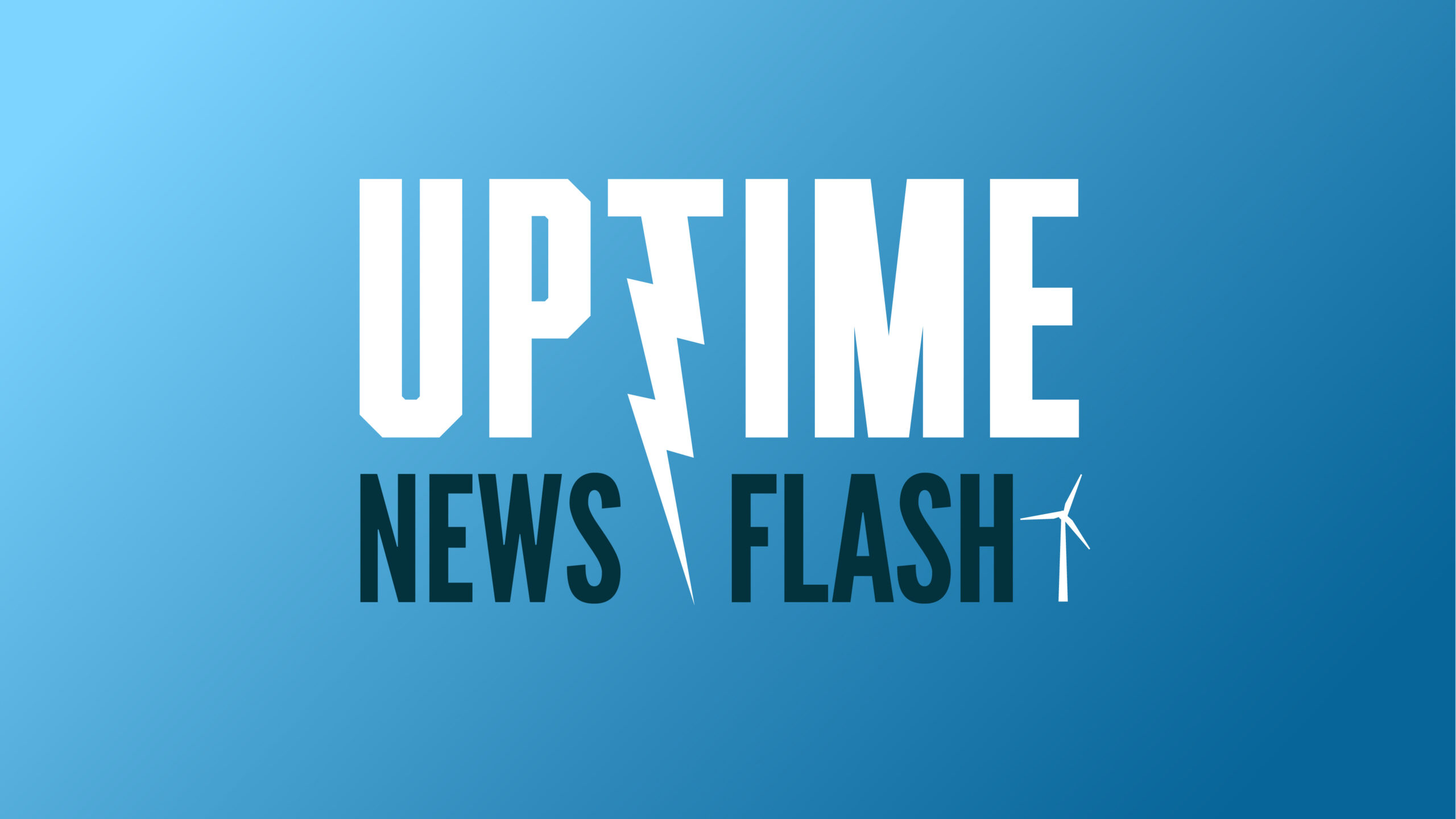The Outlook of Hydroelectric Power Plants in North America: Balancing Legacy with Renewables
Hydropower has long been a cornerstone of North America’s electricity generation, providing clean, reliable power for over a century.
But in the face of a changing climate and the rise of renewable energy sources, what does the future hold for these mighty dams and turbines?
Current Landscape:
- Mature Market: North America boasts the world’s third-largest installed hydropower capacity, with Canada and the United States leading the way. However, new dam construction has slowed down significantly in recent decades.
- Modernization Focus: The emphasis now lies on upgrading existing infrastructure, improving efficiency, and integrating hydropower with other renewables for grid stability.
- Environmental Concerns: Balancing hydropower’s benefits with its potential ecological impact on fish populations and ecosystems remains a critical challenge.
Growth Projections:
- Modest Expansion: Moderate growth is anticipated, with most forecasts predicting a 1-2% increase in hydropower capacity by 2030. Pumped storage hydropower, offering energy storage solutions, might see larger growth.
- Technological Advancements: Advancements in hydroturbine design and digital technologies could improve efficiency and environmental performance.
- Policy Landscape: Regulatory policies regarding environmental impact assessments, licensing, and indigenous communities’ rights will significantly influence future development.
Statistics of Hydroelectric Power Plant in North America
Hydropower in North America: Statistics and Future Outlook
Hydropower has long been a cornerstone of North America’s electricity generation, providing clean and reliable power for over a century. But in the face of a changing climate and the rise of renewable energy sources, what does the future hold for these mighty dams and turbines?
Current Landscape:
- Mature Market: North America boasts the world’s third-largest installed hydropower capacity, with Canada and the United States leading the way. Canada alone contributes over 60% of the continent’s hydropower generation.
- Modernization Focus: The emphasis now lies on upgrading existing infrastructure, improving efficiency, and integrating hydropower with other renewables for grid stability.
- Environmental Concerns: Balancing hydropower’s benefits with its potential ecological impact on fish populations and ecosystems remains a critical challenge.
Key Statistics:
- Installed Capacity: Over 175,000 megawatts (MW) across North America, enough to power over 50 million households.
- Generation: Over 723 terawatt-hours (TWh) annually, accounting for roughly 7% of the continent’s electricity generation.
- Top Producers: Canada, the United States, and Mexico are the primary hydropower producers, with major dams like the Grand Coulee Dam in Washington State and the Itaipu Dam on the border of Brazil and Paraguay contributing significantly.
Growth Projections:
- Modest Expansion: Moderate growth is anticipated, with most forecasts predicting a 1-2% increase in hydropower capacity by 2030. Pumped storage hydropower, offering energy storage solutions, might see larger growth.
- Technological Advancements: Advancements in hydroturbine design and digital technologies could improve efficiency and environmental performance.
- Policy Landscape: Regulatory policies regarding environmental impact assessments, licensing, and indigenous communities’ rights will significantly influence future development.
Table of Hydroelectric Power Plant in North America
Hydroelectric Power Plants in North America by Country
| Country | Number of Plants | Installed Capacity (MW) | Top 5 Plants (MW) |
|---|---|---|---|
| Canada | 666 | 112,228 | Robert-Bourassa (5,616), Churchill Falls (5,428), La Grande-4 (2,779), La Grande-3 (2,677), Guzerville (2,560) |
| United States | 2,497 | 62,701 | Grand Coulee (6,809), Hoover Dam (2,074), Glen Canyon Dam (2,160), Tennessee Valley Authority System (7,885 MW combined), Robert Moses Niagara (2,700) |
| Mexico | 88 | 10,365 | La Yesca (752), El Infiernillo (1,121), Chicoasén II (2,430), Manuel Moreno Torres (850), Miguel Hidalgo y Costilla (936) |
Notes:
- This table represents a snapshot of available data and may not be exhaustive.
- Installed capacity refers to the maximum theoretical generation capacity of the plant.
- Top 5 plants are listed based on installed capacity within each country.
- The Tennessee Valley Authority System is a network of several hydropower plants collectively contributing to a significant total capacity.
Challenges and Opportunities:
- Climate Change: Droughts and variable water flows due to climate change pose risks to generation output and require adaptation strategies.
- Competition from Renewables: Hydropower faces competition from wind and solar, particularly in cost-competitive regions. However, its grid stability and storage potential offer unique advantages.
- Environmental Sustainability: Optimizing operations, mitigating ecological impacts, and addressing downstream communities’ concerns are crucial for sustainable hydropower development.
The Future of Hydropower:
Hydropower will remain a vital part of North America’s energy mix, but its role is evolving. The focus will shift to:
- Modernization and Upgrading: Enhancing existing facilities for greater efficiency and grid integration.
- Pumped Storage Expansion: Leveraging hydropower for energy storage to support the growing share of variable renewables like wind and solar.
- Sustainable Practices: Minimizing environmental and social impacts through responsible development and community engagement.
Hydropower’s future in North America hinges on its ability to adapt to environmental and technological changes, embrace its strengths in grid stability and storage, and operate sustainably in harmony with communities and ecosystems. By striking this balance, hydropower can continue to play a vital role in a clean and reliable energy future for the region.
https://www.exaputra.com/2024/01/outlook-of-hydroelectric-power-plant-in.html
Renewable Energy
Do Rich People Seek Justification?
 I’ve always admired this quote from one of history’s greatest economists.
I’ve always admired this quote from one of history’s greatest economists.
At this point, however, I think the “modern conservative” has no interest in “moral philosophy” or “justification” whatsoever. The rich and power, at least in the United States, have only one interest: becoming richer and more powerful.
Makin matters worse: over the years, this has become progressively easier. In 2010, for example, with the Citizens United decision from the U.S. Supreme Court, corporations were granted the same protections that people enjoy under the First Amendment and became legally able to donate as much as they wanted to political candidates.
Yet today, Citizens United is a “baby step” compared to what’s happened under the Trump administration, which could be summarized as: You pay me huge sums to meet with you and tell me what you want, and I make it happen for you.
Here’s an example documented in the New York Times:
President Donald Trump last night hosted a gathering with the highest-paying customers of his personal cryptocurrency business, sparking bipartisan concerns that he’s selling access to the presidency for personal profit.
Renewable Energy
Sins and Virtues
 It’s worth taking a look at the “Deadly Sins” and “Holy Virtues” at left, and asking:
It’s worth taking a look at the “Deadly Sins” and “Holy Virtues” at left, and asking:
Who are we as a nation?
How have we changed overtime?
Have we chosen a leader who will take us in the right direction?
Renewable Energy
Germany Hits Negative Prices As France Goes Subsidy-Free
Weather Guard Lightning Tech

Germany Hits Negative Prices As France Goes Subsidy-Free
This episode covers three major wind power milestones: Germany hitting 51 GW of wind output with negative electricity prices, France launching its first floating offshore wind farm without subsidies, and Australia’s Goyder South becoming South Australia’s largest wind farm at 412 MW.
Sign up now for Uptime Tech News, our weekly email update on all things wind technology. This episode is sponsored by Weather Guard Lightning Tech. Learn more about Weather Guard’s StrikeTape Wind Turbine LPS retrofit. Follow the show on Facebook, YouTube, Twitter, Linkedin and visit Weather Guard on the web. And subscribe to Rosemary Barnes’ YouTube channel here. Have a question we can answer on the show? Email us!
Welcome to Uptime News. Flash Industry News Lightning fast. Your host, Alan Hall, shares the renewable industry news you may have missed.
Allen Hall 2025: There is news today from three continents about wind power in Germany. Last Friday, the wind began to blow storm Benjamins swed across the northern regions. Wind turbines spun faster and faster. By mid-morning wind output hit 51 gigawatts. That’s right. 51 gigawatts the highest. Since early last year, wind and solar together met nearly all of Germany’s electricity needs, and then something happened that would have seemed impossible.
20 years ago, the price of electricity went negative. Minus seven euros and 15 cents per megawatt hour. Too much wind, too much power, not enough demand. Meanwhile, off the coast of Southern [00:01:00] France, dignitaries gathered for a celebration. The Provenance Grand Large floating offshore wind farm. 25 megawatts.
Three Siemens Gamesa turbines mounted on floating platforms. France’s first floating offshore wind project. a real milestone, but here is what caught everyone’s attention. No government subsidies. EDF, Enbridge and CPP investments. Finance the entire project themselves. Self-finance, offshore wind in France.
Halfway around the world in South Australia, Neoen inaugurated Goyder South. 412 megawatts, 75 turbines, the largest wind farm in the state, the largest in Neoen portfolio. It will generate 1.5 TERAWATT hours annually. That’s a 20% increase in South Australia’s total wind generation.[00:02:00]
The state is racing towards 100% net renewables by 2027. Goyder South created 400 construction jobs, 12 permanent positions, over 100 million Australian dollars in local economic impact. Three different stories, three different continents, Europe, Asia Pacific, all celebrating wind power. But there is something else connecting these projects.
Something the general public does not see something only industry professionals understand. 20 years ago, wind energy was expensive, subsidized, and uncertain . Critics called it a fantasy that would never compete with coal or natural gas. Today, Germany has so much wind power that prices go negative.
France builds offshore wind farms without government money. Australia bets its entire energy future on renewables, and here is the number that tells the real [00:03:00] story. In 2005, global wind power capacity was 59 gigawatts. Today it exceeds 1000 gigawatts the cost per megawatt hour. It has dropped about 85%.
Wind power went from the most expensive electricity source to one of the cheapest in about two decades faster than pretty much anyone had predicted, cheaper than anyone had really forecasted. the critics said it could not be done, and the skeptics said it would never compete. The doubters said it was decades away, and they were pretty much all wrong.
Today France celebrates its first commercial scale floating offshore wind farm. And Germany’s grid operator manages negative prices as routine Australia plans to run an entire state on renewable energy. Within about two years, the impossible became inevitable, and you, the wind energy professionals listening to this, you [00:04:00] made it happen.
Engineers, technicians, project managers, turbine designers, grid operators. Every one of you helped prove the skeptics wrong. 20 years ago, you were building a dream. Today you are powering the world.
https://weatherguardwind.com/germany-negative-price-france/
-
Climate Change2 years ago
Spanish-language misinformation on renewable energy spreads online, report shows
-
Climate Change3 months ago
Guest post: Why China is still building new coal – and when it might stop
-
Climate Change Videos2 years ago
The toxic gas flares fuelling Nigeria’s climate change – BBC News
-

 Greenhouse Gases1 year ago
Greenhouse Gases1 year ago嘉宾来稿:满足中国增长的用电需求 光伏加储能“比新建煤电更实惠”
-
Greenhouse Gases3 months ago
Guest post: Why China is still building new coal – and when it might stop
-

 Climate Change1 year ago
Climate Change1 year ago嘉宾来稿:满足中国增长的用电需求 光伏加储能“比新建煤电更实惠”
-

 Carbon Footprint2 years ago
Carbon Footprint2 years agoUS SEC’s Climate Disclosure Rules Spur Renewed Interest in Carbon Credits
-
Renewable Energy4 months ago
US Grid Strain, Possible Allete Sale













